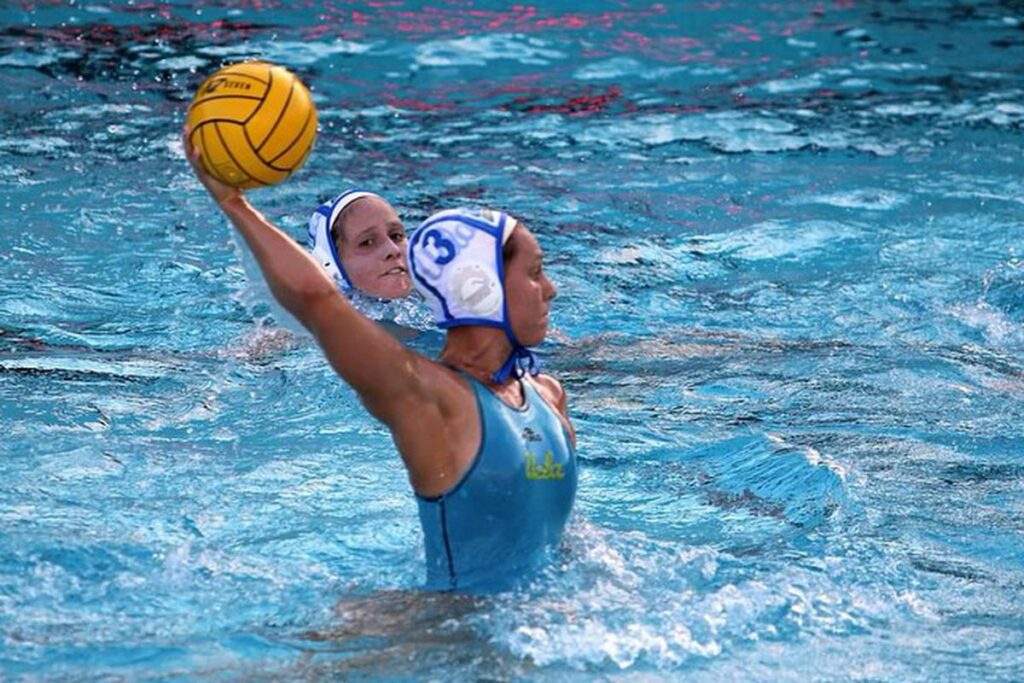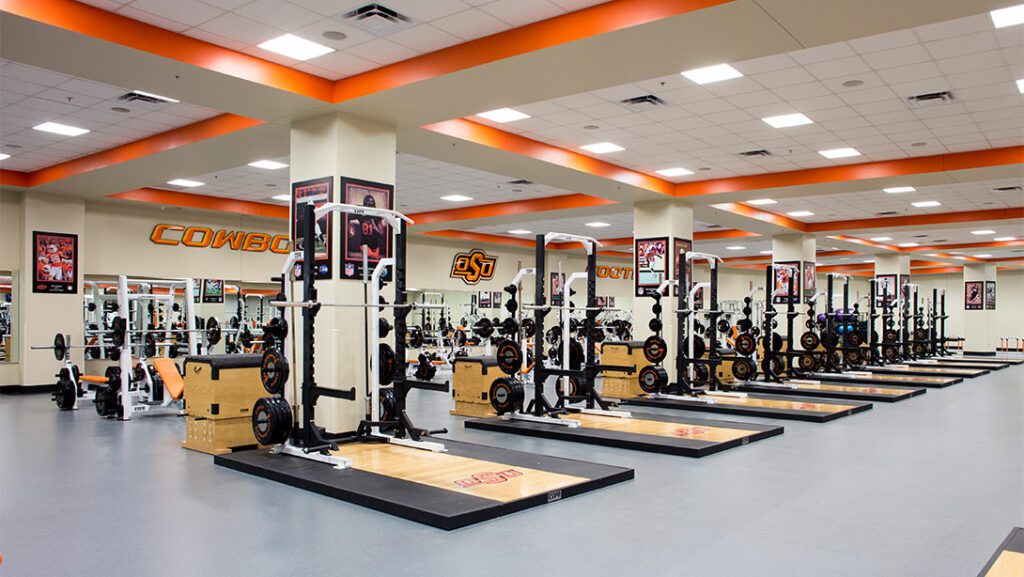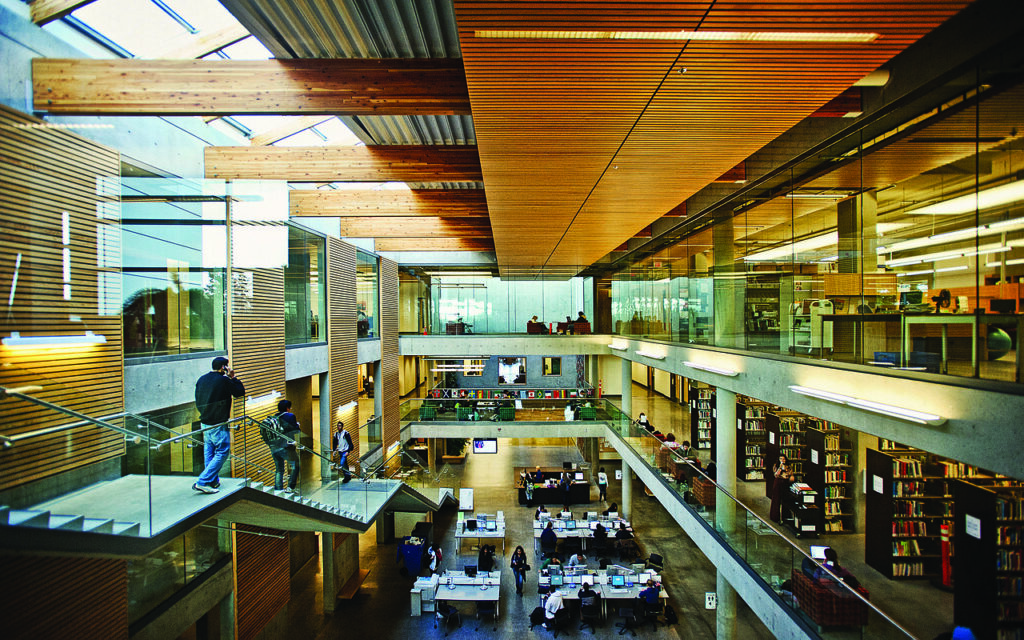WATERPOLO IN THE USA
In the United States, water polo is one of the emerging sports. The NCAA championship is highly followed throughout the campus, and during matches, the stands are filled with fans ready to support their team.
PLAYERS
There are numerous student-athletes who have honed their skills in the American collegiate water polo championship and have gone on to compete in Europe and participate in the Olympics. Two recent examples of Italian student-athletes who graduated from college are the Cupido brothers, Luca, who represented the USA national team at the 2016 Olympics in Rio, and Giacomo, a former Italian youth champion with Rari Nantes Camogli.
Furthermore, due to the high level of the NCAA championship, there are many examples of American student-athletes who, after graduating, have come to play in Europe and Italy. For instance, Jeff Powers played for Rari Nantes Bogliasco, and Alex Bowen currently plays for Mladost Zagreb.
In the world of women’s water polo, the USA national team is the best in the world, having won the last Olympics in Rio in 2016. Currently, several American players are competing in Europe, with Ashleigh Johnson being the most notable. She is an Olympic champion from Rio in 2016 and the goalkeeper for NC Vouliagmeni, a Greek team that finished third in the LEN Euro Cup Final Four in 2019.
The United States is a leader in many sports, thanks primarily to its sports culture and the complementary university system that helps develop athletes and supports them throughout their journey.


COACHES
The athletes’ results are undoubtedly influenced by the merits of their coaches. The American culture provides highly advanced training and education to all university coaches, as well as state-of-the-art training facilities.
The coaching staff consists of several key roles. There is an Head Coach who oversees and coordinates the training of the entire team, closely guiding the top athletes. Additionally, there are several Assistant Coaches, often former players themselves (as is common for Head Coaches), who assist and support the training sessions. The team also benefits from the expertise of physiotherapists and athletic trainers.
In addition to their ability to plan and develop the athletes’ conditioning, coaches possess a valuable tool in their technical repertoire: biomechanical analysis. Cutting-edge tools are used to analyze and improve the athletes’ athletic techniques, focusing on strength, speed, and endurance values.
FACILITIES
American campuses boast the world’s best training facilities. Every university offers state-of-the-art amenities, including indoor pools with spectator stands, cutting-edge gymnasiums, dedicated staff to support athletes, and outdoor swimming pools.
INDOOR SWIMMING POOL
The size of the facilities varies depending on the athletic level of each university. The indoor pools can range from 25 to 50 meters and are equipped with spectator stands to accommodate visitors and fans.
OUTDOOR SWIMMING POOL
Many universities have access to outdoor aquatic centers with 50-meter pools, which are used to host national swimming trials and international competitions outside of the collegiate realm.
GYM
The gym is often shared with other sports, each following their own schedules. There are numerous workout stations, and coaches are always available to provide technical assistance to the athletes.
MEDICAL CENTER
Every university provides medical staff and facilities to prevent and treat injuries. There are numerous sports rehabilitation specialists available to assist athletes.


CAMPUS
American campuses are designed to provide the most comfortable living experience possible for students. They vary in size, ranging from 2,000 to 30,000 resident students, but all universities offer services of the highest quality.
DORMS
Each university offers various types of accommodations. Rooms can be single, double, or shared with student-athletes.
DINING HALLS
In addition to one or more dining halls, every campus features bars and fast-food options suitable for various dietary needs and food intolerances.
CLASSROOMS
The size of the classrooms varies greatly depending on the course of study and the classes being attended.
LIBRARIES
There are multiple libraries, and each faculty provides free access to educational materials and spaces for students to utilize.




